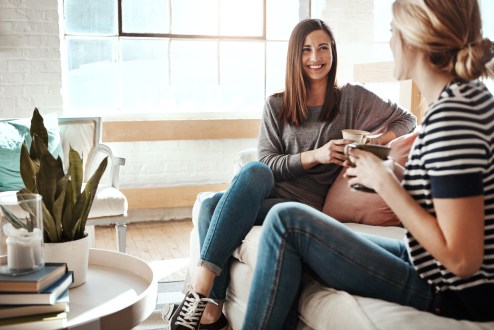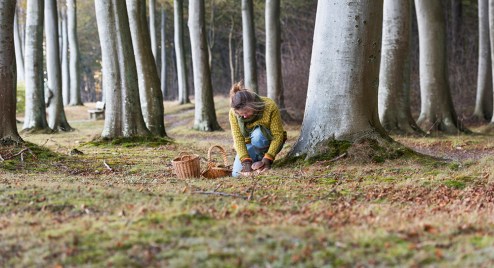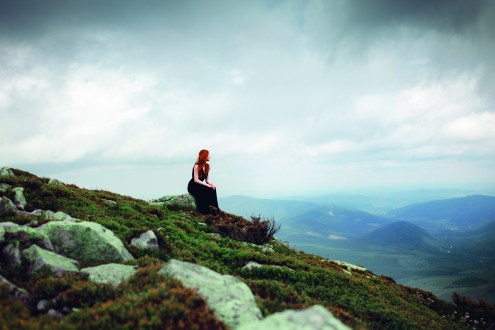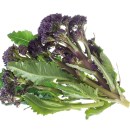How to create an eco-friendly garden
Ellen Tout is environmentally aware in terms of her purchases and lifestyle choices – now it’s time to get her hands dirty and experiment with how we can help nature and be sustainable in our gardens
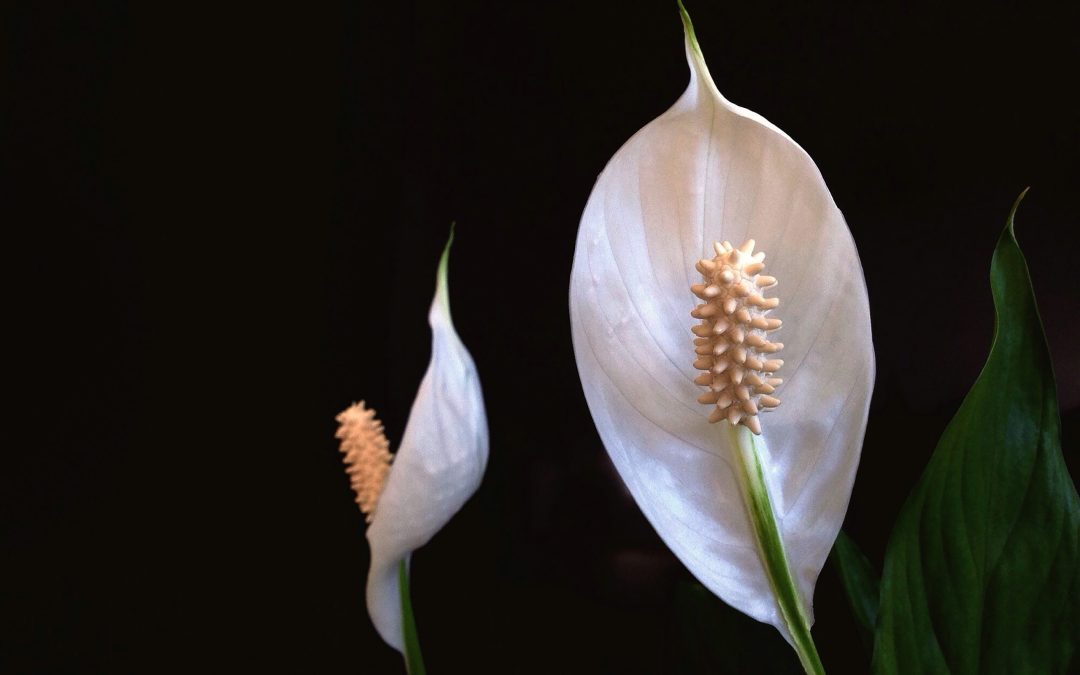
3 minute read
When we talk about being green, we focus on adaptations to lifestyle. I agree that change starts at home, but I’m keen to be more proactive and hands-on in protecting the environment. Studies show that rewilding has greater potential for restoring the planet and climate than previously documented – this means supporting nature to flourish in our gardens and local area. While it needs to happen on a huge scale, there is a lot we can do individually. The average lawn, for example, produces enough oxygen each day for one person!
Help the earth
I live in a flat with a small, shared garden, so it’s important to me to find ways to engage with the outdoors. I have a bird feeder outside my window, a mountain of herbs growing on my windowsill and plants on every surface. Choose net-free fat balls for birds as nets can harm wildlife; and buy seeds at farm or zero-waste shops, where you can fill your own container. The plants you choose also have an impact – peace lilies, for example, were found by NASA to be one of the best for purifying the air. If you have a garden, consider adding a wildflower lawn, hedgehog hole or bee hotel.
I’m a member of my local Guardians of the Deep scheme as a volunteer coastal guardian – acting as the eyes and ears of the coast and taking part in beach cleans. It’s motivating to see how many people are dedicated to change, but I’m shocked by the litter and microplastics I collect. I’ve found everything from tampons to fishing line, polystyrene and plastic cutlery. Every stretch of coastline tells a story and it feels empowering to actively make a difference. Spending a few hours connecting with the coast and exploring the beach is mindful and relaxing. If you don’t live near the sea, river cleans and community clean-ups are equally important.
I love the #2minutebeachclean scheme – gather litter for two minutes and share a photo. Beaches promoting this idea have seen a 61 per cent decrease in litter. The more we engage with nature, the more we see what an incredible, yet delicate, ecosystem surrounds us.
Green finds: the birds and the bees
- Feed feathered friends Source bird seed waste-free online from the Plastic Free Pantry and Garden Crowd.
- Flower power Beebombs recreate lost habitats to entice back bees. Native Wildflower Beebomb is a wildflower mix can be scattered in your garden and is plastic-free.
- Learn the role bees play in the world, why they are under threat and what we can do about it in The Good Bee by Alison Benjamin and Brian McCallum (Michael O’Mara Books, £9.99)
Help bring back our wildlife by supporting the Wildlife Trust’s #WilderFuture campaign. For ideas, go to wildlifetrusts.org/wilder-future. Join the Bee Cause movement to save our bees at friendsoftheearth.uk/bees
Read more from Ellen on her eco journey in the magazine each month and follow @Ellen_Tout
Image: Getty
